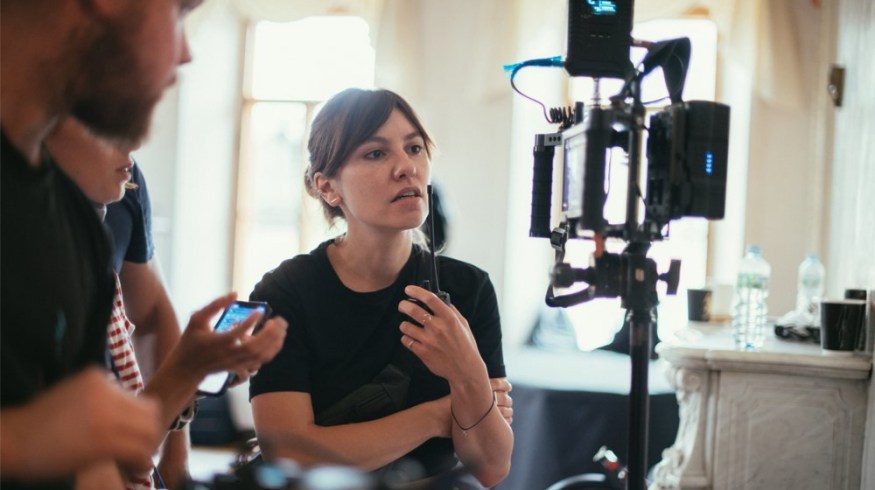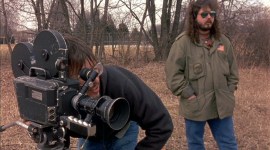
5 Preparation Tips for Directing Your Next Commercial
A well-prepared director is a good director. Take a look at five valuable tips for preparing to direct any commercial spot.
As a director, creatively preparing for your next commercial spot is one of the most important things you can do. Not only do you have to make sure you’re fit and ready physically and mentally, but also creatively.
Here are five tips to help you get in the zone and direct professionally within your team.
1. Acquaint Yourself with Your Client’s Business

As a commercial director, your end clients are businesses. Those businesses utilize your creative abilities to increase the amount of business they receive.
As a result, one of the first and most important things you can do as a director is to understand how your client makes money. Understanding how they make money makes certain that the creativity you bring to the table aligns with their interest and business objectives.
Their target demographic is as important as how they make money and who they make money from. Knowing your audience as a director is crucial.
The most tried and true method I’ve found to acquaint myself with a client is to dive deep into their company website. Watch some of their previous video work and how it was distributed on their website and other marketing outlets, like landing pages and social media.
Through this, you can decipher how they operate, how they function, who they’re trying to talk to, and what in the past they’ve shown commercially that gives them their business now, and what you can offer them to grow and improve to a broader audience.
2. Social Media Presence

Online presence plays a huge role in today’s market of advertisements. Showing activity and keeping up-to-date with the latest trends keeps followers active on your pages and interested in what your brand offers.
I love visiting a client’s social media account(s). That includes Instagram, Facebook, YouTube, and anywhere they post their content. This resource gives you a quick overview of their previous advertising efforts and the general tone they’re trying to achieve for their brand. It also gives you the ability to quickly see their last creative endeavors.
Through this, you can get a clearer understanding of where they may want to go and where you may be able to take them creatively. Showing a client what you can offer them compared to what they have done in the past shows that you’ve researched how to improve their reach and activity.
Most importantly, visiting their social accounts ensures that you don’t pitch them an idea for something they’ve already tried in the past.
3. Be inspired, Make a Playlist

Music and commercials go hand-in-hand. Some of the best commercials that come to memory were driven by a notable musical track. The music can make or break any commercial. Music inspiration can come from anywhere. Watching films, playing video games, or reading books puts my mind into a sound tracker for music playlists online.
Finding music online has been even more accessible than ever, with big streaming sites like Spotify, Apple, and Amazon music offering mood playlists based on keywords and related artists.
For any spot I do, I make a playlist that reflects the mood and tone we’re trying to achieve for that spot. Then, I listen to that playlist while I’m doing any sort of prep for that shoot. This method helps put you in the correct mood and headspace, thus influencing your creativity in the correct manner.
Take Apple’s iPod commercials back in the early 2000s—that colorful but punchy iconography of music and imagery makes it instantly recognizable. And also inspired many, many early After Effects tutorials on YouTube.
4. Reference Commercials

I love to pull from and watch as many reference commercials as possible. I’m usually pulling ideas from five to seven other commercials that I like for every spot I create. The best part is that these reference commercials can help illustrate the tone you’re trying to achieve for your client.
As visual creators, we can often see an idea in our head before we ever put anything to paper. Reference commercials help to align your vision and the client’s.
If you’re looking to soak in as many commercial references as possible, I highly recommend watching a dozen videos from The Wandering DP, a commercial cinematographer who also produces weekly videos that break down the lighting of popular cinematic commercials.
Reference commercials or videos can be anything. You may find an unrelated spot, but like how they incorporated color into their commercial. Or, you may find a commercial where you liked how they utilized music to create a mood. It may even be a scene from a movie, and you appreciate how they filmed it.
Reference commercials can be used in many ways, always inspiring and motivating directorial choices.
5. Finding Inspiration in Photography

I don’t think I need to mention how vital a role photography plays in our lives as filmmakers. In one way or another, we’ve all been inspired by a photograph or taken some snaps on holiday many years ago.
They say, “A picture speaks a thousand words.” I feel like photography can be extremely rewarding when it comes to inspiration. Going out and taking shots on my 35mm, without knowing the outcome, means I have to be precise on what settings, tone, and what the photograph outcome will portray.
Taking photos can be fun and keeps me mentally focused, forcing me to double-check everything before hitting that shutter button.
I typically love taking a Polaroid camera or a 35mm camera for walks. Sometimes, I capture what I see at the moment and don’t focus on how I can manipulate it to make it the best photograph possible.
Sometimes, inspiration comes from mistakes and mishaps. Or the perfect lighting scenario presents itself, and I can think of a way to easily replicate it on a client’s project. I’ve even found some fantastic locations this way.
Need a few more filmmaking tips and advice? We’ve got you covered:
- How Kubrick Used Mostly Natural Light on Full Metal Jacket
- How to Shoot Interior Locations with Limited Lighting
- 5 Documentary-Style Lenses for 5 Different Budgets
- Why Virtual Production Could Work for You
- Affordable Field Recorders for Filmmakers
Cover image via True Touch Lifestyle.





